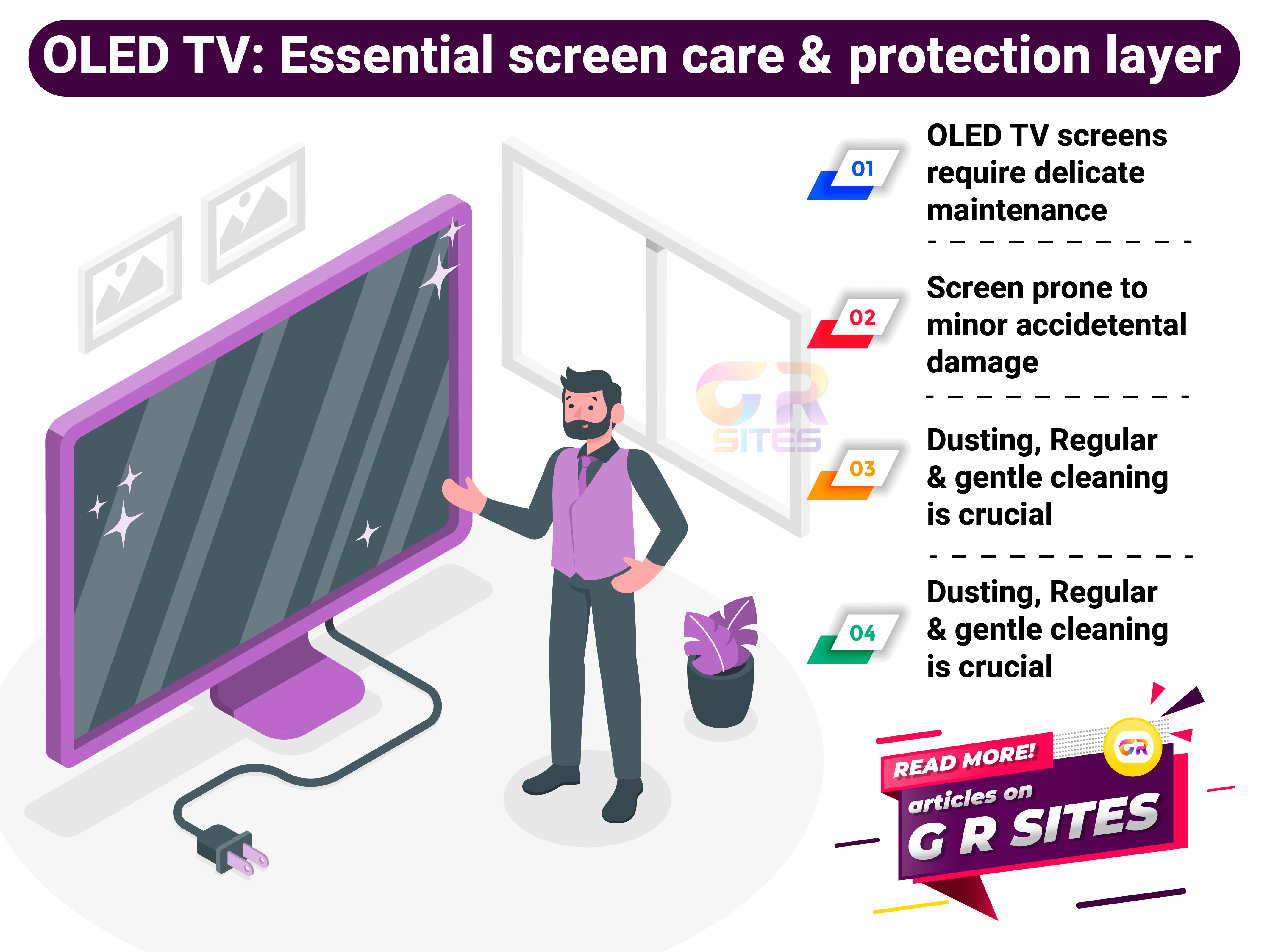Laptops and desktops are getting sleeker, faster, and smarter—but there’s a catch. Most modern devices now come with fixed internal storage, leaving no room for hardware upgrades. This trend forces users to look for external storage options to manage their growing data needs. Enter the age-old debate: Solid State Drives (SSDs) or Hard Disk Drives (HDDs)?
On the surface, HDDs appear as the budget-friendly option, offering more storage for less money. But beneath that price tag lies a ticking time bomb of potential failures, sluggish performance, and limited durability. SSDs, meanwhile, offer speed, reliability, and peace of mind—qualities worth the investment.
This in-depth analysis will help you make an informed decision on choosing the best external storage option for your needs
Why Modern Laptops Demand Smarter External Storage
As laptops move towards fixed storage designs, the need for reliable external drives has surged. Here’s why this shift matters:
- Fixed Storage: A Limitation by Design - Apple’s MacBook series and premium Windows laptops, such as Microsoft Surface and Dell XPS, now feature soldered storage modules. This sleek design improves performance but eliminates upgradeability. Once you’ve hit your storage limit, external solutions become your only option.
- Data Explosion: How We Got Here - In 2023 alone, the average global data creation exceeded 120 zettabytes, with projections soaring higher every year. With high-resolution content like 4K and 8K videos, VR applications, and AI-driven workloads, even terabytes of storage can disappear fast.
- Backups Are Non-Negotiable - Losing data is costly and stressful. Reliable backups are essential for individuals and businesses alike. A dependable external drive ensures your files are safe, even if your device crashes.
- Portability Meets Productivity: External drives aren’t just for backups—they’re essential tools for creatives, business professionals, and students managing large projects on the go. The right drive should combine speed, reliability, and portability.
Choosing the right drive requires understanding the key differences between SSDs and HDDs. Let’s dive deeper into the comparison:
- Speed: The SSD Advantage - SSDs leverage NAND flash technology, enabling them to read and write data at speeds up to 10x faster than traditional HDDs. For example, SSDs can achieve data transfer rates of 500-7,000 MB/s, depending on the interface, compared to HDDs, which typically max out at 150 MB/s.
- Reliability and Durability: HDDs use mechanical spinning disks and read/write heads, which are prone to wear and failure. Common issues include head crashes, motor breakdowns, and sensitivity to drops or shocks. In contrast, SSDs are built with no moving parts, making them up to 10 times more reliable under normal usage conditions.
- Lifespan and Data Integrity: HDDs have an average lifespan of 3-5 years, while SSDs can last upwards of 10 years or more with proper usage. Modern SSDs also feature wear-leveling algorithms to evenly distribute data writes, extending their longevity.
- Energy Efficiency: SSDs consume significantly less power than HDDs, making them ideal for laptops and portable devices. For instance, an SSD typically draws 2-3 watts, while an HDD consumes around 6-10 watts under load.
- Cost Analysis: While SSDs are pricier per gigabyte, their prices have dropped dramatically in recent years. For example, a 1TB SSD now averages around $50-$80, compared to $30-$50 for an HDD of the same size. The price gap narrows further when considering the total cost of ownership, including durability and performance.
Let’s unpack recent industry research to understand why SSDs are the clear choice for external storage.
- Failure Rates Speak Volumes: A study by Backblaze, a cloud storage company, revealed that HDDs experience annual failure rates of 1.5% to 2%, increasing dramatically after three years of use. SSDs, on the other hand, have an estimated failure rate of less than 0.5%, even under heavy workloads.
- Performance Metrics in Real-World Use: In tests comparing SSDs and HDDs for video editing and gaming, SSDs consistently delivered faster load times and smoother workflows. For example, loading a 5GB 4K video project took 30 seconds on an SSD, compared to over 2 minutes on an HDD.
- Data Recovery Costs: HDD failure often leads to expensive data recovery, with costs ranging from $300 to $1,500, depending on the severity of the damage. SSDs, while harder to recover in rare cases of failure, boast a much lower likelihood of data loss in the first place.
- Eco-Friendly Storage: SSDs are the greener option. Their lower power consumption reduces their environmental impact over time. In addition, newer manufacturing techniques are making SSDs increasingly recyclable and sustainable.
Comparison Table: SSDs vs. HDDs at a Glance
|
Feature |
SSD |
HDD |
|
Speed |
500 MB/s to 7,000 MB/s |
Up to 150 MB/s |
|
Durability |
Shock-resistant, no moving parts |
Susceptible to shocks and wear |
|
Cost per GB |
Higher |
Lower |
|
Energy Efficiency |
Excellent |
Moderate to poor |
|
Failure Rate |
<0.5% |
1.5%-2% annually |
My final thoughts: Invest in Peace of Mind
At the end of the day, your choice of external storage should align with your needs and priorities. If reliability, speed, and long-term peace of mind are at the top of your list, SSDs are the clear winner. Yes, they cost more upfront, but their superior performance, durability, and reduced failure rates make them a sound investment.
On the other hand, HDDs still serve a purpose for non-critical backups or those on a tight budget. Just remember, saving a few bucks today might cost you more in frustration and lost data tomorrow.
Ready to upgrade your external storage? Let us know your thoughts in the comments below!






